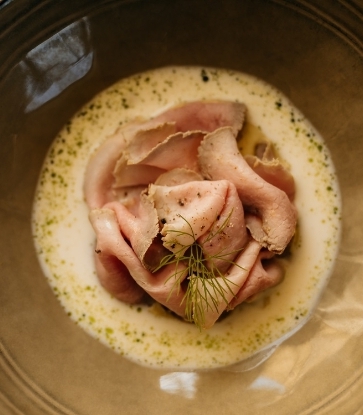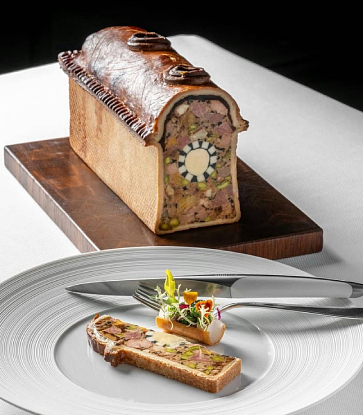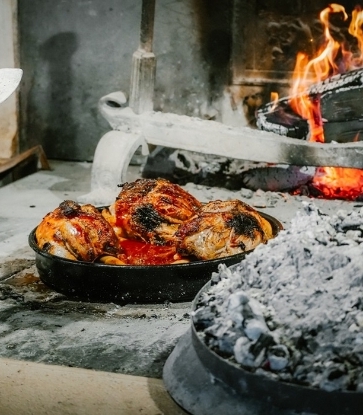Brazil’s most visited city, Rio de Janeiro welcomes over 17 million tourists annually and has long stood as the nation’s iconic postcard. Its stunning landscapes, vibrant beaches, and unique lifestyle have inspired countless songs, films, and narratives, and remains a lasting symbol of Brazilian identity.
Rio's importance is deeply rooted in history. Founded in 1565 as a strategic outpost to protect Guanabara Bay from French encroachment, the city quickly grew into a bustling export port, eventually becoming the capital of the Portuguese colony in 1763. In 1808, its role as a political and cultural center was solidified with the arrival of the Portuguese royal family, who were fleeing Napoleonic invasions.
Transformed into the seat of the Portuguese Empire, Rio underwent urban modernization and was infused with cultural vibrancy. The city forged closer ties with Europe, particularly among the intellectual elite. Known for samba, choro, bossa nova, and soap operas, Rio emerged as the heart of Brazil, stretching from Copacabana to the samba schools, Cristo Redentor to the Arcos da Lapa.
Today, while São Paulo holds much of the economic power, the "Marvelous City" remains a dynamic creative hub. Its culinary scene is gaining international recognition, with chefs and restaurants showcasing Rio's identity through a cuisine that transcends tropical clichés.
In October, Rio will be featured at the prestigious San Sebastián Gastronomika, one of the world's leading gastronomy events, held October 6-8 in the Basque Country. Representing Rio are culinary stars like Felipe Bronze (Oro), Rafa Costa e Silva (Lasai), and Thomas Troisgros (Toto and Oseille)—serving as guest chefs—alongside Elia Schramm (Babbo Osteria) and Danilo Parah (Rudä and Maskä), part of the delegation. Rio's cuisine truly knows no borders.
Here, MICHELIN highlights the restaurants that are redefining Brazilian gastronomy, solidifying Rio de Janeiro's spot on the global culinary map.
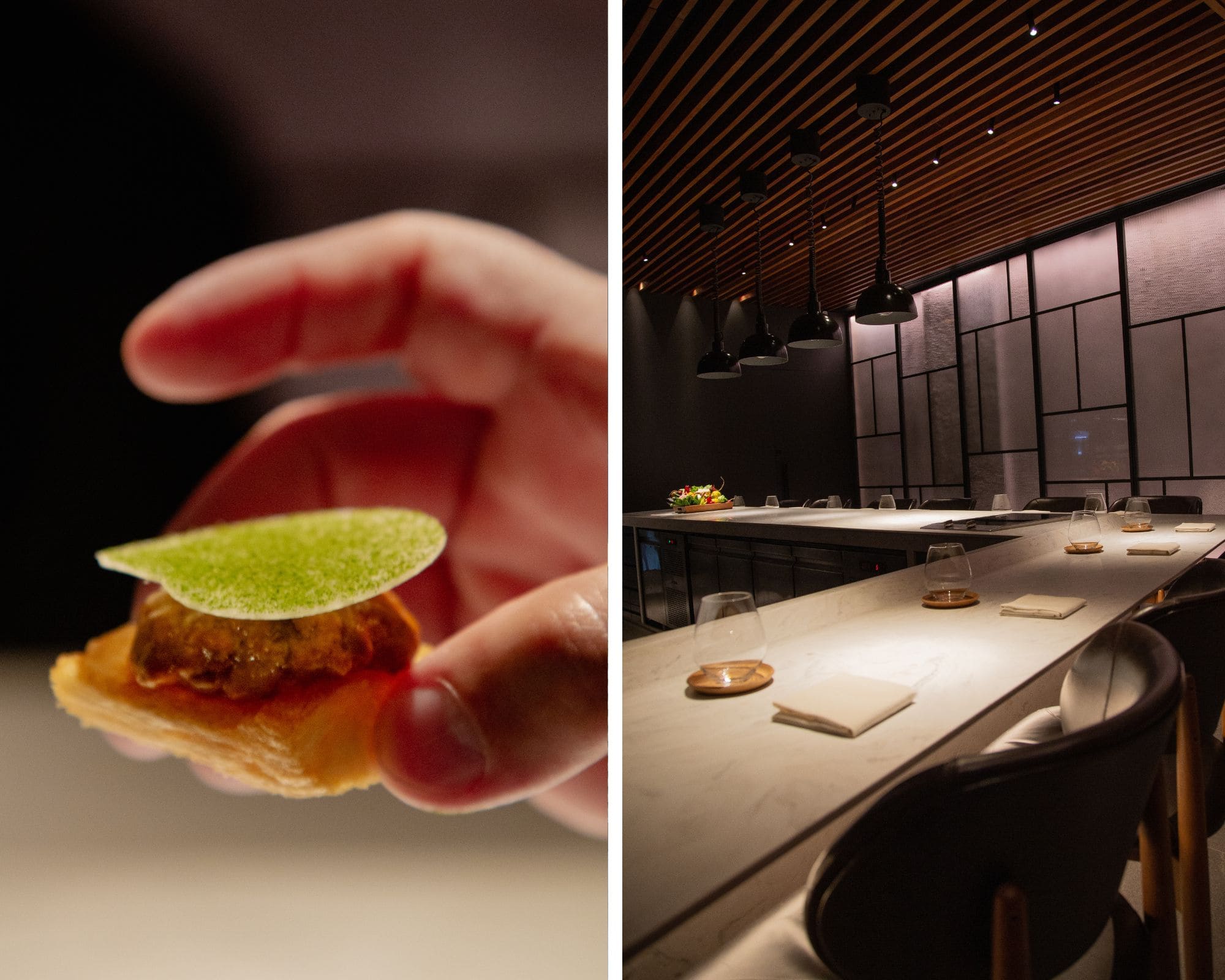
Lasai: The Art of Minimalism with Excellent Produce
At a ten-seat counter within the intimate, elegant Botafogo restaurant, Chef Rafa Costa e Silva crafts surprising menus that evolve with the seasons. Harvested from Itanhangá and Vale das Videiras farms, vegetables form the core of Lasai’s sophisticated yet straightforward philosophy: showcasing Brazil via its ingredients sourced from local fishermen and farmers. Each dish is prepared before diners, an open kitchen operating with finesse and precision to highlight the qualities of each product.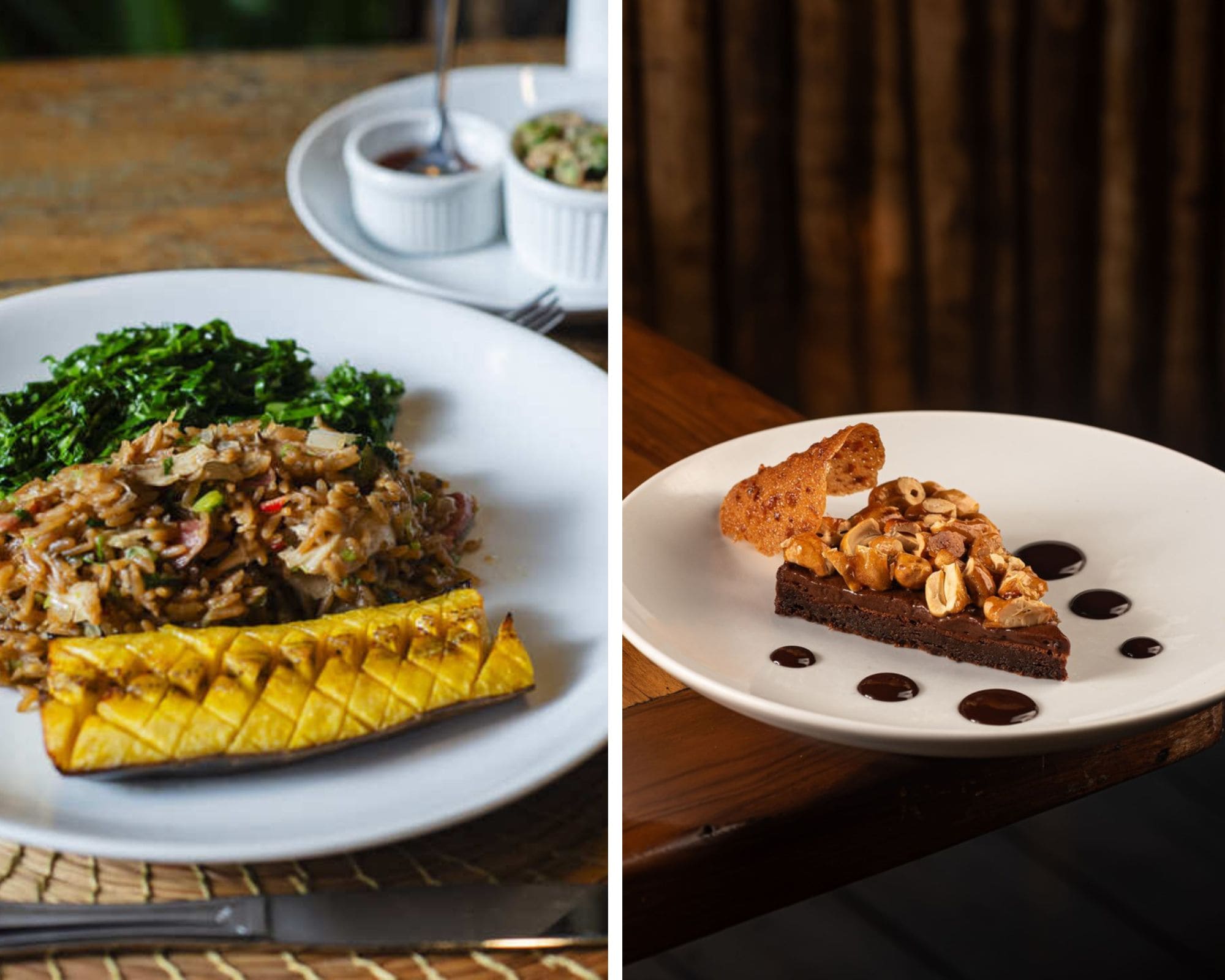
Território Aprazível: Brazil on a Plate
In the hills of Santa Teresa's bohemian quarter, Chef Ana Castilho leads a kitchen celebrating Brazilian fare with a Rio accent. Organic and biodynamic ingredients hail from across the nation, focusing on local produce and small-scale operations. Here, nothing is frozen—the dishes are impeccably fresh, with creations like cerrado acarajé reimagined as angu pastry, rustic chicken stew with Brazilian sausage, kale, and "surprise" beans, or ceviche with tucupi and plantain chips. The selection of natural wines and signature cocktails completes the experience, complemented by the city’s stunning vistas.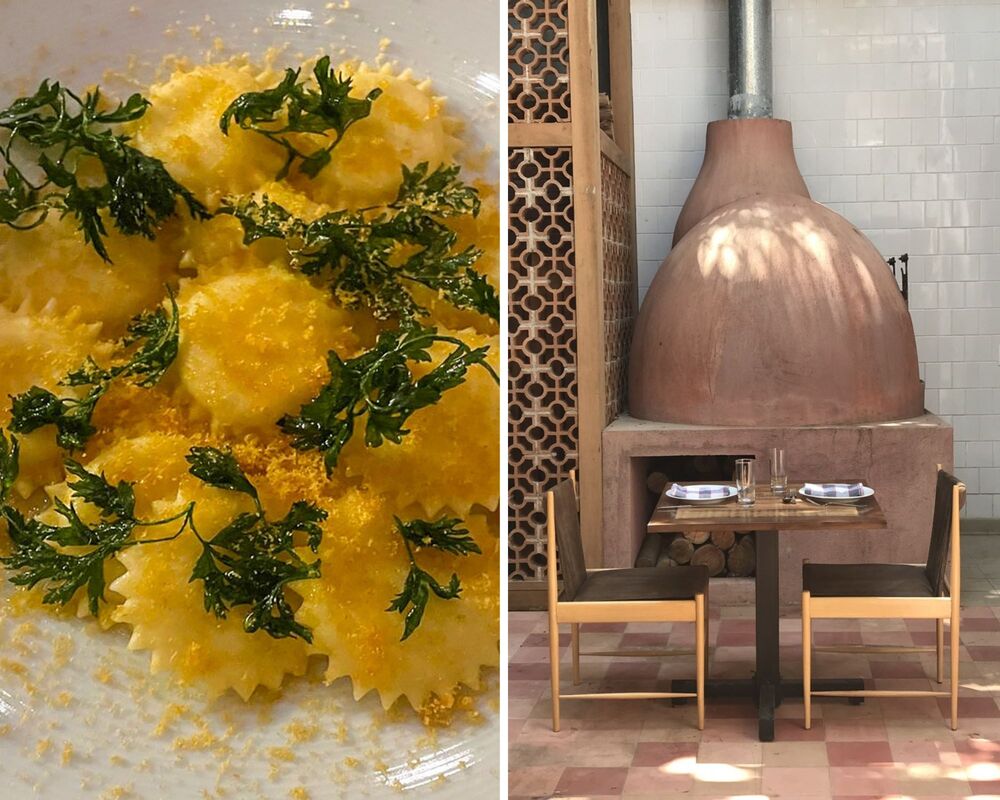
Sud, o Pássaro Verde: Brazilian Culinary Affection
Chef Roberta Sudbrack’s haven in Jardim Botânico embraces simple dining: crafting narratives with locally sourced produce. The daily-changing menu is influenced by what arrives from nearby producers. The cozy ambiance features a wood-fired oven, set within the main area, and an inviting open kitchen. It's the perfect setting for unforgettable dishes like the moist chocolate cake—a farewell ritual that stays with you.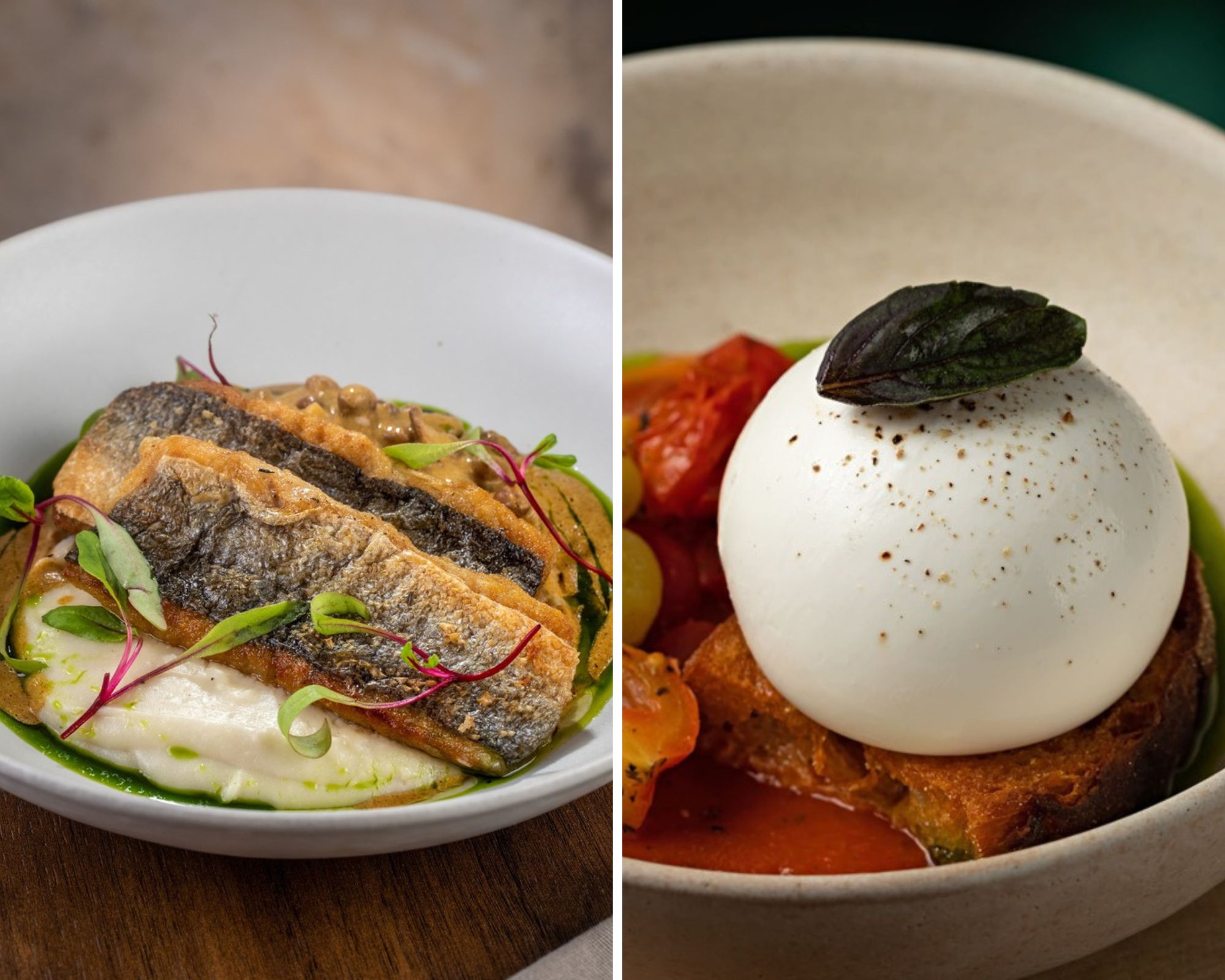
Rudä and Maskä: From Heartfelt to Cosmopolitan
At the helm of both restaurants, Chef Danilo Parah showcases his prowess by transitioning between distinct culinary expressions while steadfastly honoring Brazilian produce. Rudä celebrates diverse ingredients and Brazil’s abundance, offering a perpetually changing menu in harmony with seasonal shifts. In a laid-back, welcoming environment, each dish weaving stories of the land.For its part, Maskä envisions Brazilian cuisine with a cosmopolitan lens, marrying local, fresh ingredients with contemporary techniques. The restaurant daringly innovates without compromising precision and sophistication, all while firmly rooted in Brazil—a hallmark of the chef’s journey.
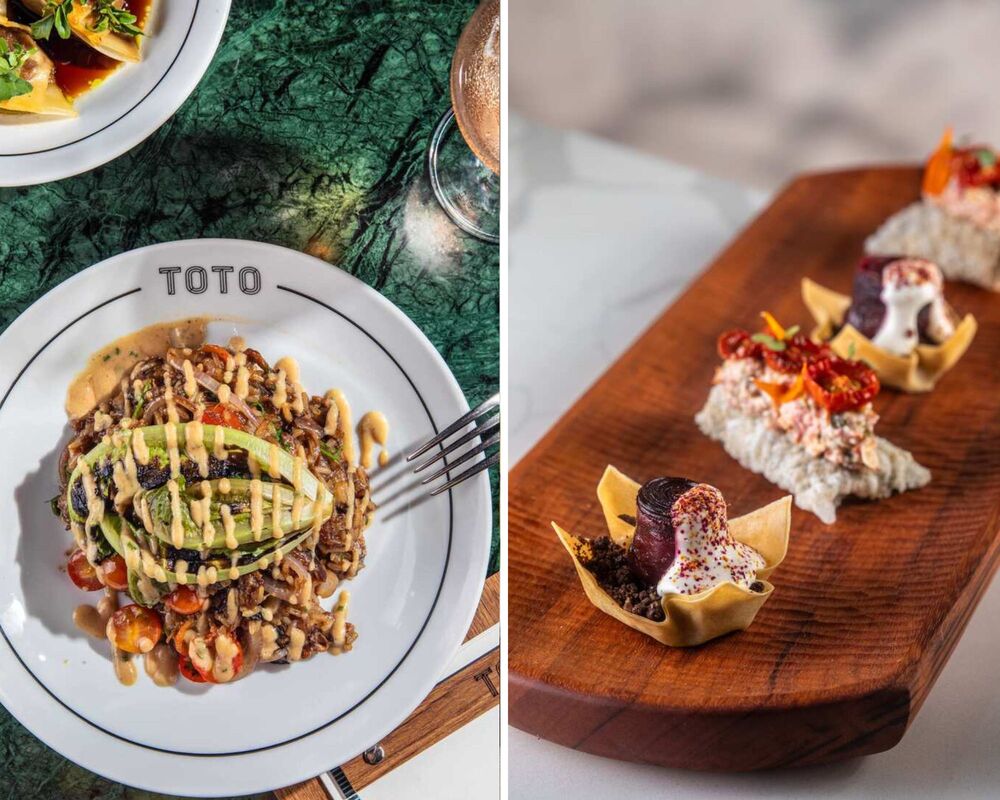
Toto and Oseille: From Casual to Refined, with a Playful Spirit
In a sophisticated Ipanema setting, Chef Thomas Troisgros has conceived unique concepts on each of the venue's two floors. Ground-level Toto reflects gastronomic memories, merging French techniques and Asian influences with high-quality Brazilian seasonal produce. Here, the unpretentious approach emphasizes comfort food at accessible prices, reminiscent of Rio's vibrant bars.Upstairs, Oseille delivers a refined experience: a minimalist space with a U-shaped counter seating a maximum of 16 diners, who observe the team at work—like being invited into the chef’s home kitchen. The tasting menu blends brasilidade—excellence-driven ingredients—with French heritage linked to Troisgros’ illustrious name. Despite technically refined dishes, the atmosphere remains casual: guests choose the music played, within what Troisgros terms "fun dining," where entertainment is paramount.
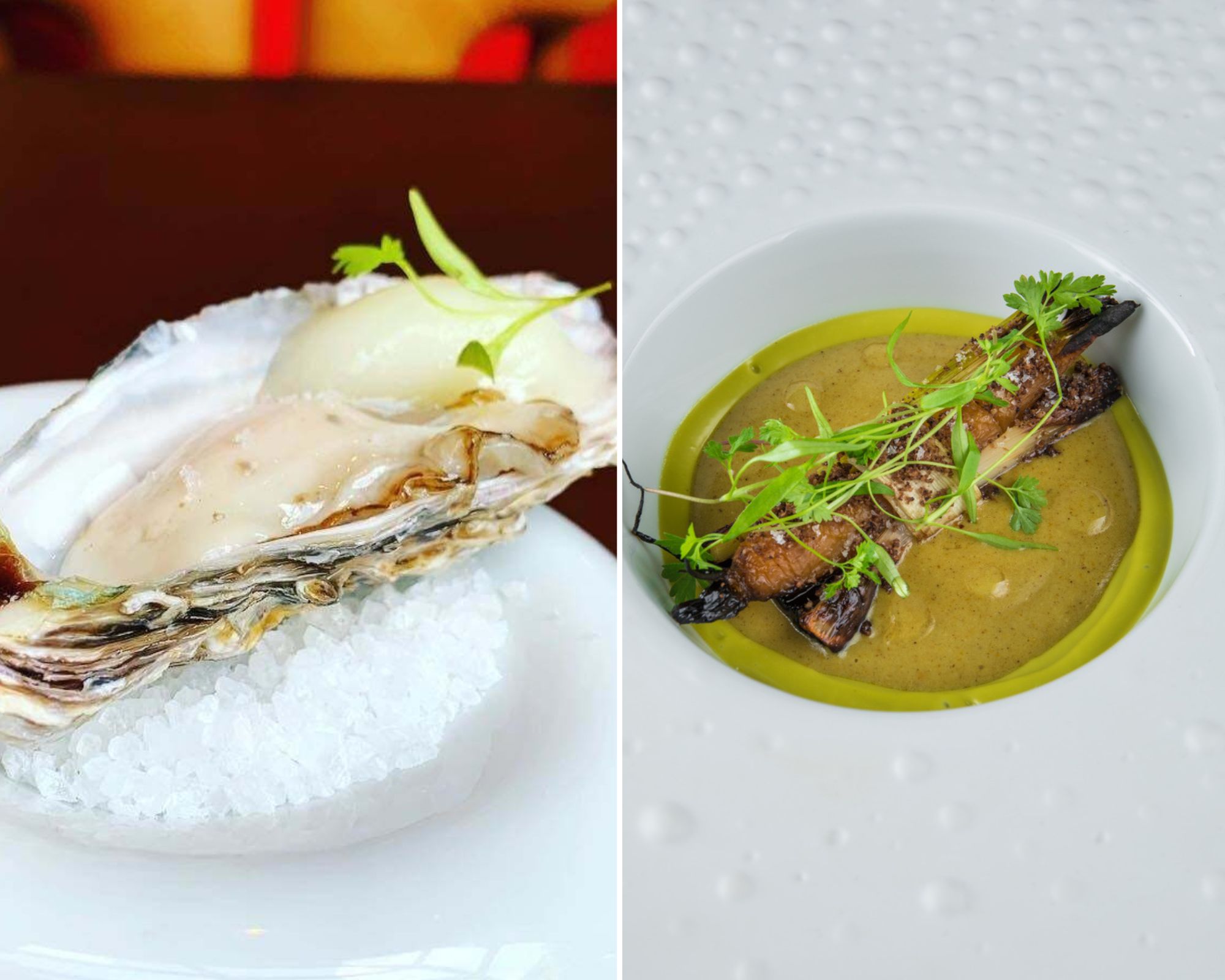
Oro: Modern Brazilian Gastronomy
In Leblon, Chef Felipe Bronze delves into Brazilian cuisine, reimagining it through creative, technical, and often playful iterations at Oro, an elegant, modern restaurant. Fire is integral to the experience, but the ingredients—like fresh oysters with guava granita—tell a story on each plate. Sommelier Cecilia Aldaz’s pairings provide a thoughtful complement to each carefully crafted dining experience.Related articles:
Hero image: Ingredients at Lasai restaurant, led by chef Rafa Costa e Silva. © Rafa Costa e Silva




